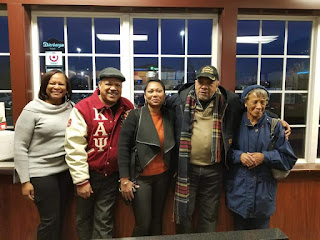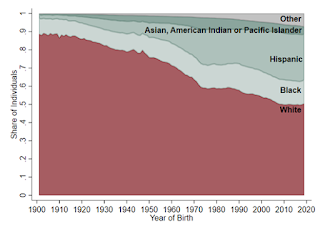
Why the concern with WOKE/CRT and the Woke Generation Harold Melvin & The Blue Notes Lyrics "Wake Up Everybody" Wake up, Everybody, no more sleeping in bed No more backward thinking, time for thinking ahead The world has changed so very much from what it used to be There's so much hatred, war, and poverty, whoa, oh Wake up, all the teachers, time to teach a new way Maybe then they'll listen to whatcha have to say Cause they're the ones who's coming up, and the world is in their hands When you teach the children, teach 'em the very best you can The world won't get no better If we just let it be The world won't get no better We gotta change it, yeah, just you and me Wake up, all the doctors, make the old people well They're the ones who suffer and who catch all the hell But they don't have so very long before their Judgement Day So won't you make them happy before they pass away Wake



